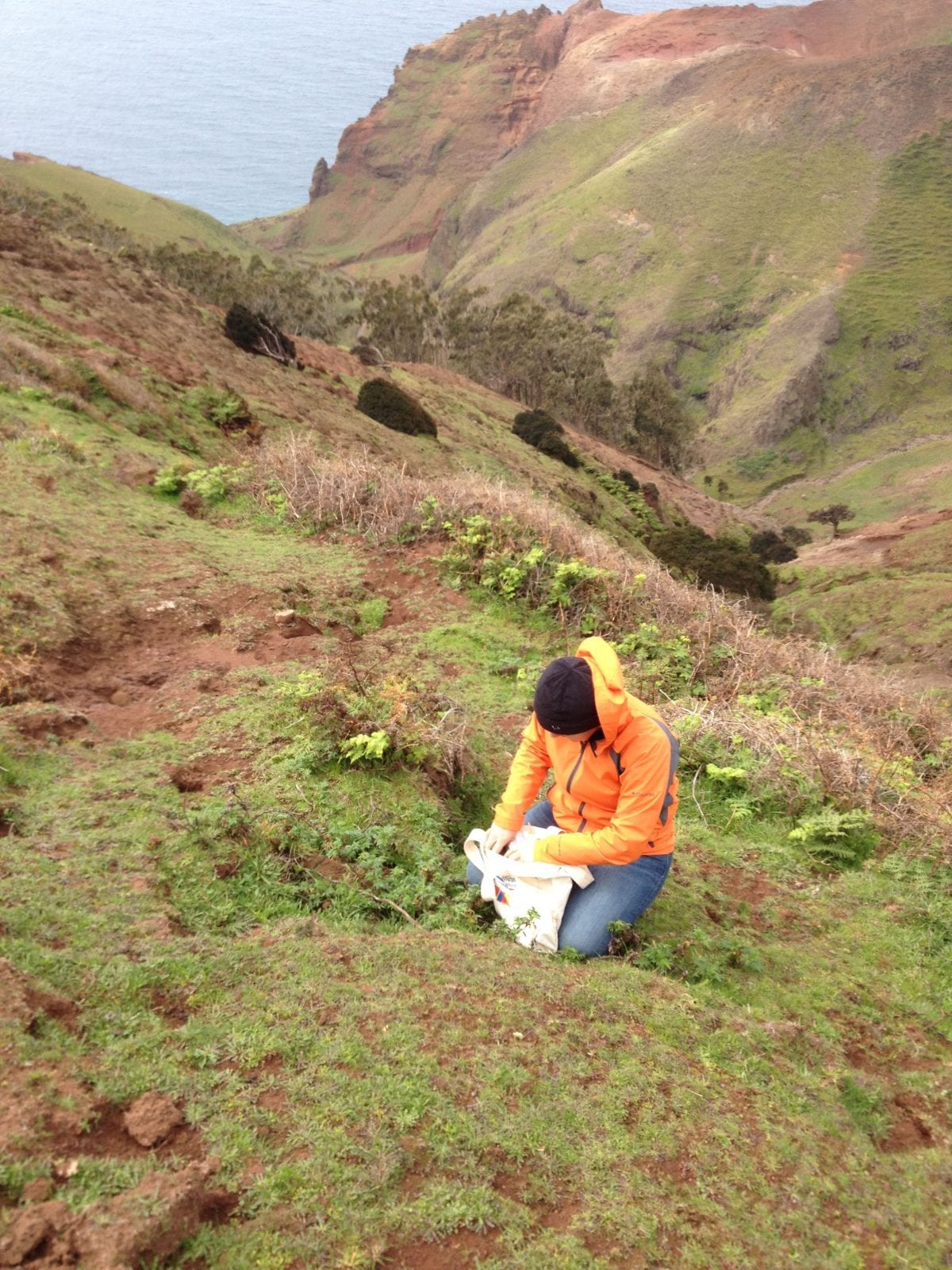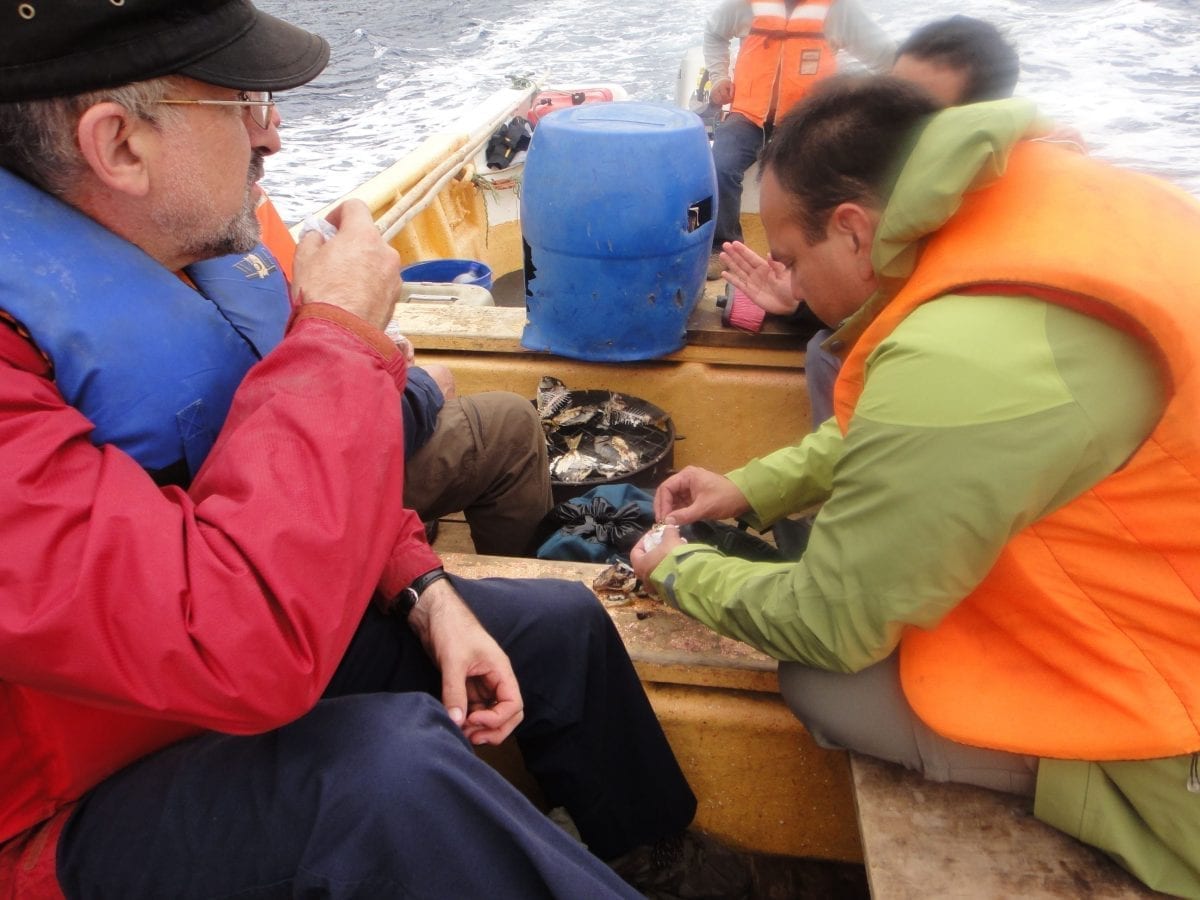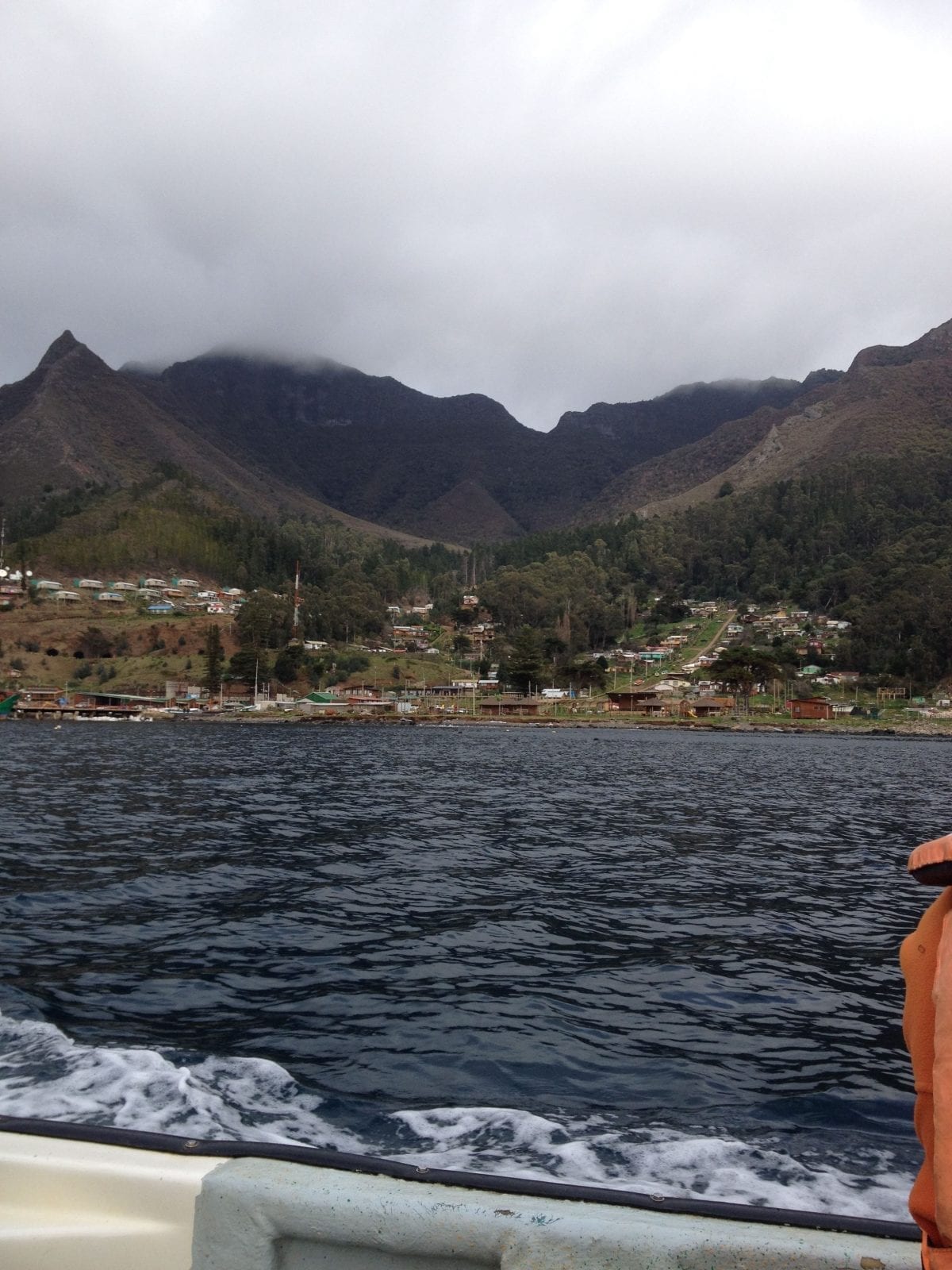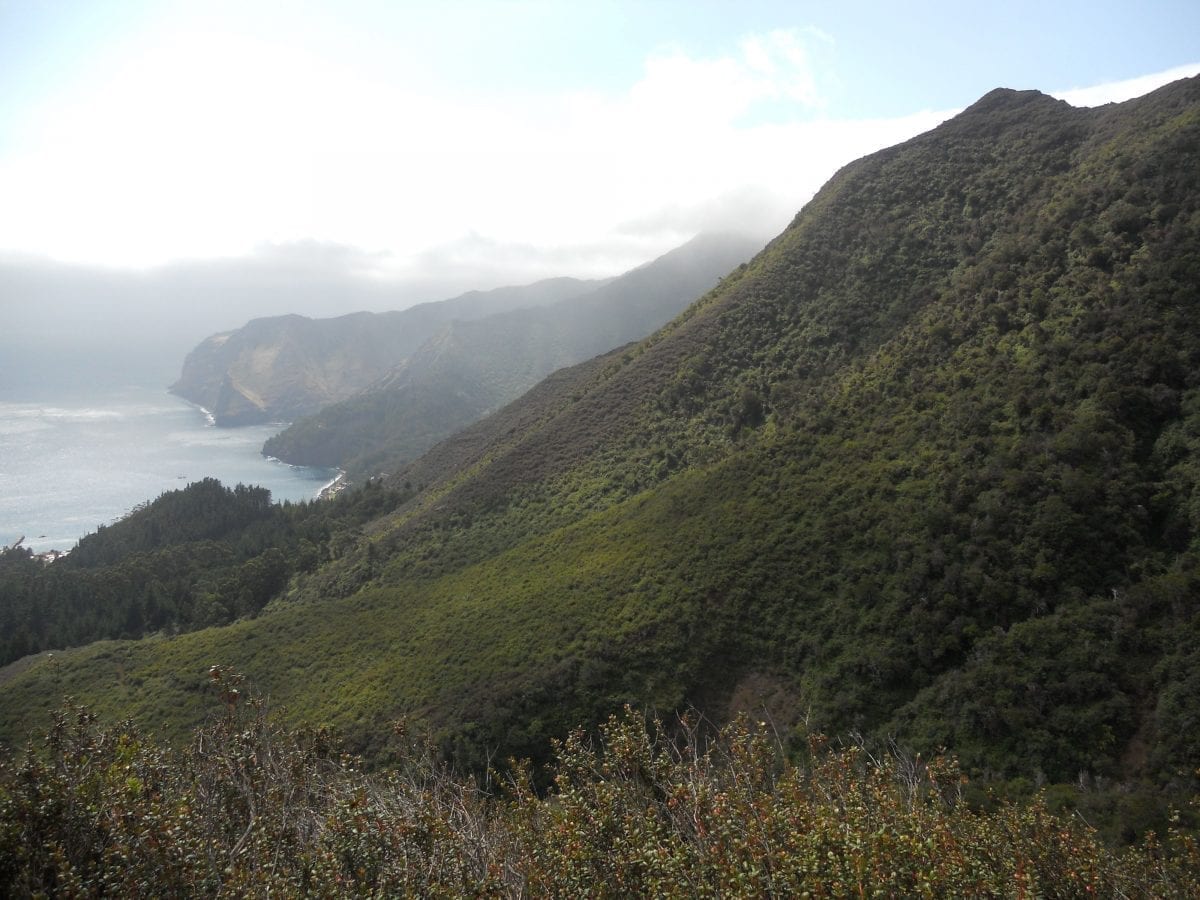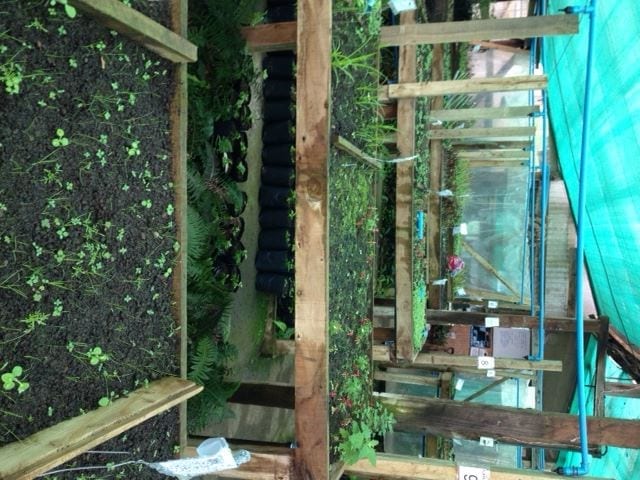Rescuing and restoring the native flora of Robinson Crusoe Island
Robinson Crusoe Island, part of the Juan Fernández Archipelago in Chile, is under threat from invasive species. So action needs to be taken. As part of a larger management programme for the whole Archipelago, a team from CABI will help conserve and re-establish native species on the island. In the long term this project will provide the biological resources and protocols for replanting larger areas of land.
Project Overview
So, what’s the problem
Robinson Crusoe Island has one of the highest densities of endemic plants in the world. However of its 213 native and endemic species 108 are currently endangered and/ or rare and 14 have fewer than ten individuals growing in the wild. Two out of five of Robinson Crusoe Islands’ native species are on the IUCN Red List: the Cabbage Tree (Dendroseris litoralis) and Naranjillo de Juan Fernández (Fagara mayu).
Two invasive plant species, wild blackberry and maqui, have colonized 80-90% of the island’s native forest. They are exerting tremendous pressure on the remaining tracts of forest and the animals that depend on it. Both species need to be controlled and replaced by native plants in order to prevent the complete loss of all viable native forest.
What is this project doing?
A team from CABI are providing technical and scientific assistance to improve the conservation, propagation and re-establishment of native plants on the island. Our aim is to conserve many of the Juan Fernández Archipelago’s native plants and restore five key species to 1 ha of the main island (Robinson Crusoe). Our work will eventually support the restoration of approximately 30 sq km of the Juan Fernández Archipelago by 2033. The Darwin project will also monitor the critically endangered, single-island endemic Juan Fernández Firecrown hummingbird (Sephanoides fernandensis), to assess the impact of replanting on this species (both the Red-Listed plants are food sources for the hummingbird).
Key activities include:
- improving nursery facilities to ensure sufficient plant material is available
- establishing a seed-bank to conserve native plant species
- enhancing local staff’s technical capacity to propagate, store and control the quality of native plant species
- understanding the plant-microbe complexes of beneficial species produced for re-establishment activities
This work will help Chile to meet its priorities within its own National Biodiversity Strategy (2003) under the Convention on Biological Diversity (CBD), specifically: ‘In ocean islands (Juan Fernández Archipelago and Easter Island): strengthen measures and programs for eradicating invasive species, recovering endangered species and restoring ecosystems’.
This project is part of a larger programme whereby the Chilean Government is coordinating the systematic removal of invasive species from the archipelago. Our work specifically, will enable the conservation, production and re-establishment of native species on the island.
Project Manager
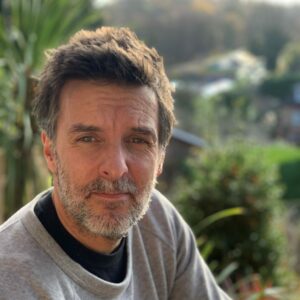
Steven Edgington
Biopesticides Team Leader
CABI, Silwood Park, Buckhurst Road, Ascot, Berkshire, SL5 7PY, UK

